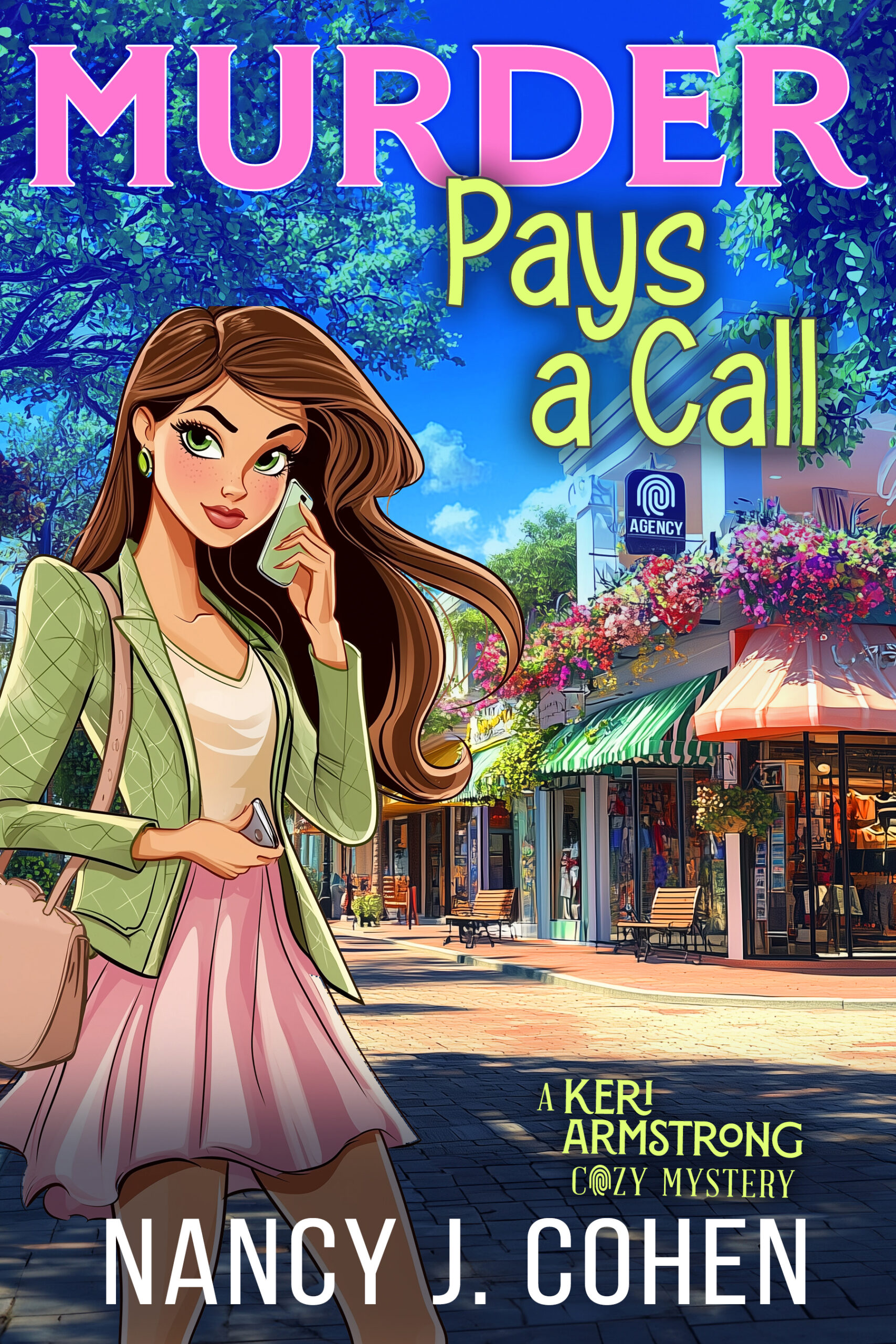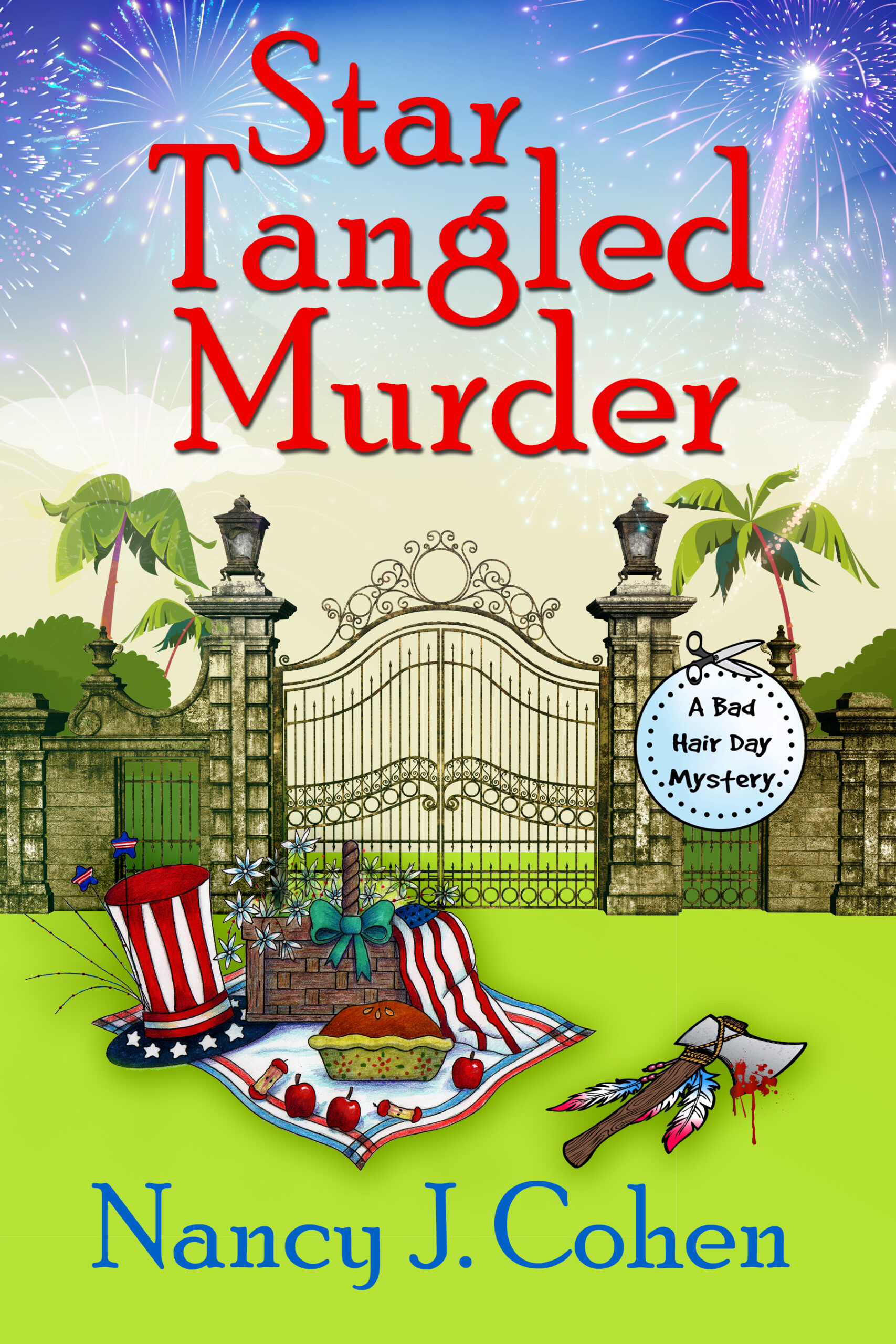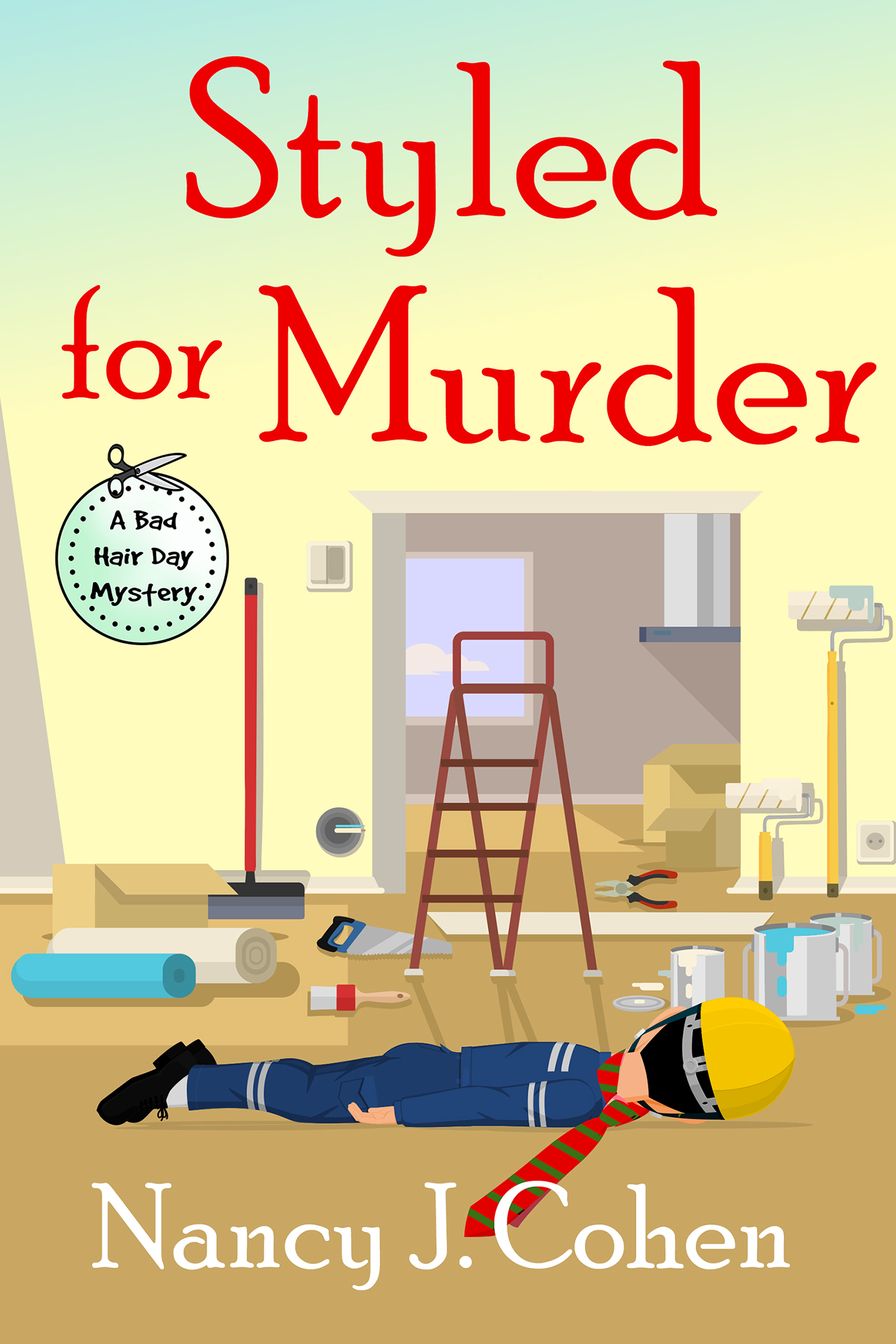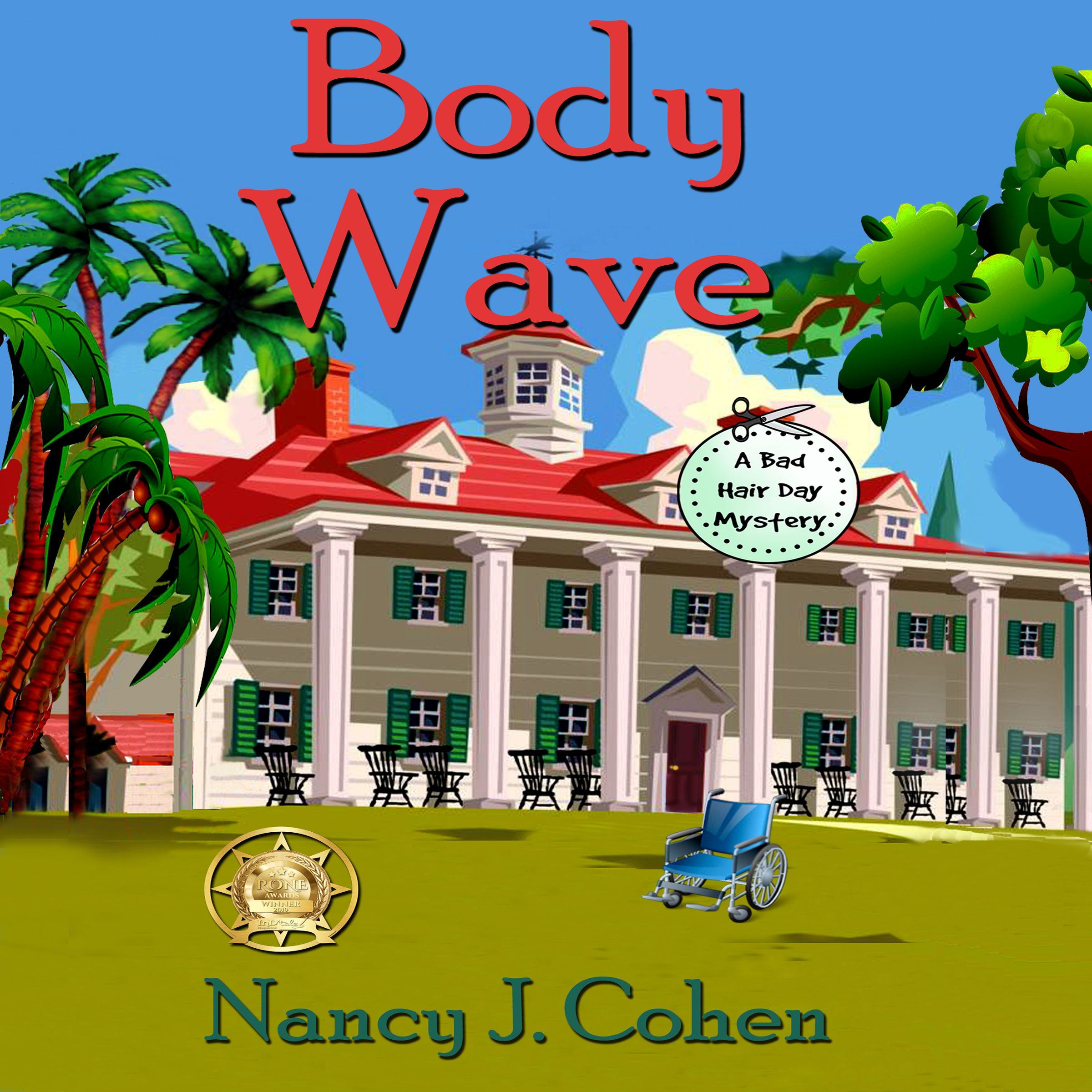Let’s welcome our guest, Author Mary Cunningham, who will share what inspired her to write the Andi Anna Jones mystery series featuring a travel agent sleuth.
A Writer’s Life by Mary Cunningham
I’ve written most my life, but until the ripe old age of fifty, I’d never ventured beyond family memoirs and very bad poetry. Then five crazy women got together and formed WOOF: Women Only Over Fifty. All of us had reached that magical milestone, or were about to, and weren’t all that thrilled with the ramifications. Hormones, hot flashes, hair loss, and weight gain were just a few of the complaints. We decided to become proactive and write a book that not only made light of our fate, but would honor our love of dogs, too. We embarked on the WOOF adventure.
From there, I moved on to middle-grade fantasy. Huh? Not a natural transition you say? When you have a recurring dream about a friend’s attic that served as your clubhouse on rainy days, you have to write about it. Write? Er…right? Cynthia’s Attic Series features best friends, ancestors, family stories, and time travel. While I, my family nor friends have admitted to time travel, writing about family stories passed down from great-grandparents, grandparents, and my mom and dad, gave me as much writing material as any Google search could generate.
I’ve now jumped into a totally different genre—a cozy mystery series about an inept travel agent whose real talent is amateur sleuthing. One of the first “writerly” pieces of advice I got was “Write what you know.” I was that inept travel agent in North Miami Beach. (Won’t mention the agency in case there are pending lawsuits against me) Seriously, I was awful. And hated it. I’m thrilled this new book and series has given me some sense of redemption and exorcised a ghost or two.
All those miserable days I spent, completely out of my element, led to one of the most satisfying journeys of my life. Writing about Andi, and her quirky cohorts, has been a freeing experience. Not only does writing give me a release from the past, I can draw on the good and the bad. For instance, Andi’s sidekick (and true agency manager) Ellie, is based on Ellen, the proficient agent who worked with me, and saved my backside on many occasions. She knew, instinctively, when I was struggling to make an airline reservation or book a trip, and would subtly step in and guide me through the process.
So many characters in Margaritas, Mayhem & Murder are written for the reader’s enjoyment and for the purpose of making lemonade from lemons. I can’t remember writing a story that made me laugh out loud. This one did.
Throughout my writing life, I’ve made fun of the aging process (WOOF), made up adventures about my ancestors, and written about a poor, but short-lived career choice; all with self-deprecating humor. If you have life-experiences you want to remember, or would rather forget, maybe writing will help.
Do you have any memories of quirky characters or mysterious family stories?
<><><>
Margaritas, Mayhem & Murder

Andi’s step-mother, Ruby, is a real piece of work, but is she a murderer?
Andi Anna Jones, so-so travel agent/amateur sleuth, puts aside her resentment of her father’s widow and books a 60th birthday cruise to Cancun for Ruby and three friends. Never does Andi imagine the cruise will include the murder of a has-been lounge singer—or that Ruby might be the main suspect.
Flirting with more than danger after arriving in Mexico, Andi connects with charming local sheriff, Manual Gonzales. An embarrassing night involving the sheriff, too many margaritas, and a Mariachi band, can’t quell her determination to clear the name of her ex-stepmother.
While gathering clues and interviewing witnesses, however, she suspects dear old step-mom isn’t the only one in jeopardy.
If you have as much fun reading Margaritas, Mayhem, & Murder: An Andi Anna Jones Mystery (# 1) as I had writing it, we’ll all be winners!
Order Your Copy Here or at your favorite online bookstore:
Amazon
Barnes & Noble
Biography

Author Mary Cunningham grew up on the northern side of the Ohio River in Corydon, Indiana. Her first memories are of her dad’s original bedtime stories that no doubt inspired her imagination and love of a well-spun “yarn.” Through the author’s horrifying stint as a travel agent, Andi Anna Jones sprang to life. This series gives extra meaning to the phrase, “Write what you know.” Cunningham has several other books published, including five books in the Cynthia’s Attic middle-grade fantasy series, the women’s lifestyle/humor book, WOOF: Women Only Over Fifty, Ghost Light and Christmas With Daisy.
She is a member of Sisters in Crime, International Thriller Writers, and the Carrollton Writers Guild. When she gives her fingers a break from the keyboard, she enjoys golf, swimming, and exploring the mountains of West Georgia where she makes her home with her husband and adopted, four-legged, furry daughter, Lucy.
Find Mary on Social Media:
Website: https://www.marycunninghambooks.com
Facebook Author Page: https://www.facebook.com/marycunninghambooks/
Twitter: http://twitter.com/MaryCunningham
Amazon Author Page: https://www.amazon.com/-/e/B002BLNEK4
BookBub: https://www.bookbub.com/authors/mary-cunningham





























